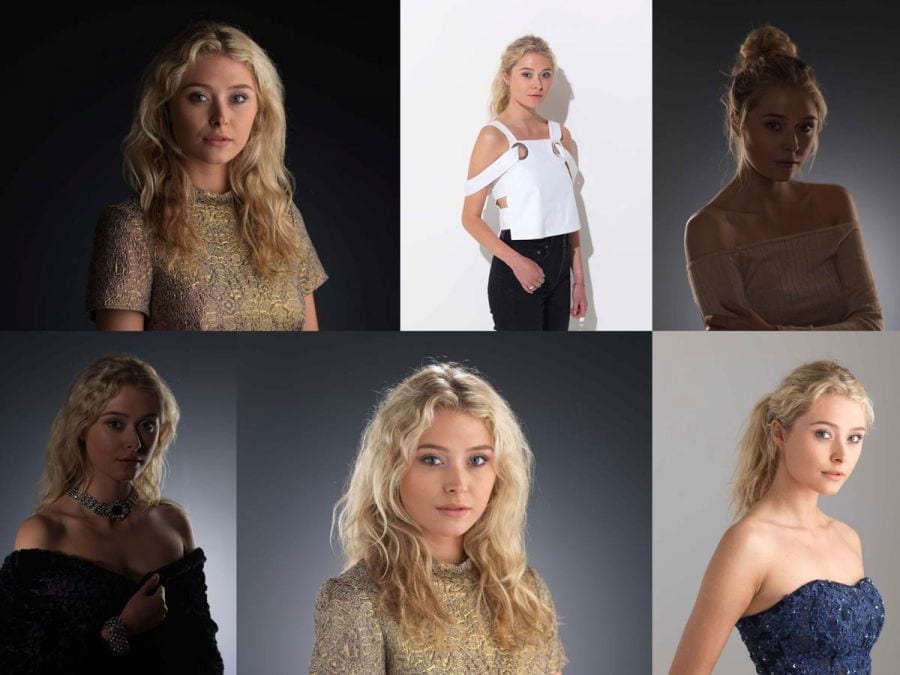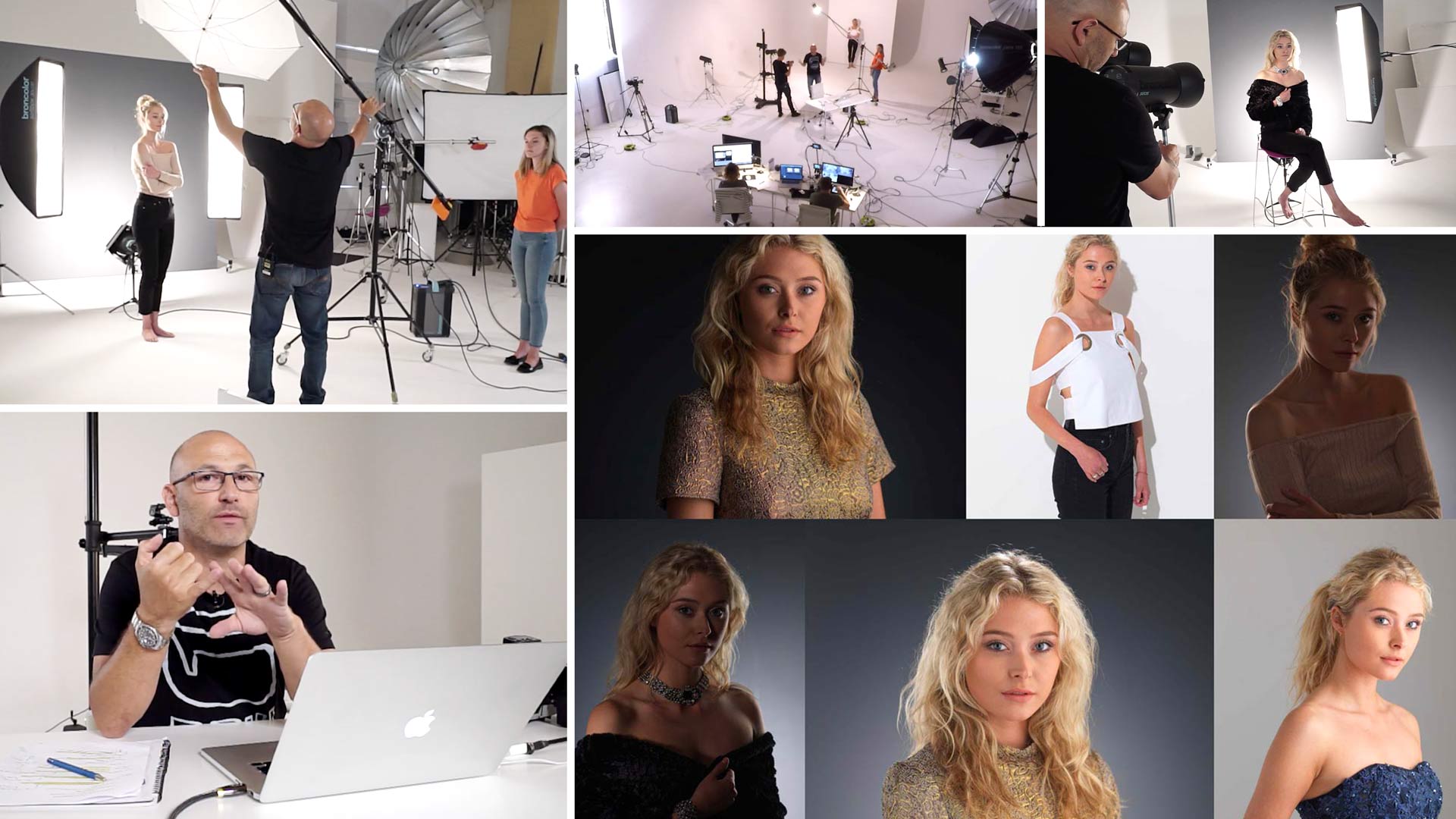The Emotion of Light
Any effective image should evoke emotion — whether it be a sense of a bright, summer’s day or a darker sense of mystery — and it is only through careful use of light that we can achieve that.
This in-depth chapter details everything from the theory and physics of light to the human perception of color. Karl reviews a number of images from his portfolio to show how two photographs with the same model and light source can look completely different.
He then goes on to demonstrate these principles, exploring the effects of directional lighting, various lighting modifiers and the effect of the inverse square law.
This photography class is a must-watch for those wanting to understand the emotion of light and how to use it to best effect. More information on the theory of light can be found in Chapter One of our portrait photography section.

In this live photography show, you’ll cover:
- Human visual response to light
- Theory of colour — juxtaposing and complementary colours and their effects
- Directional light and its impact
- How to control shadows
- Using negative fill to control light
- Simulating sunlight with a single light
- How to control light in small studio spaces
- Using reflectors and flags
- Lighting modifiers and their effects
- The best modifiers for soft light
- How to work with and balance multiple lights
- Four different lighting setups for effective portrait photography
If you have any questions, please post them in the comments below.


Comments
On reference to Nacho Guzman video, I found another one. https://www.youtube.com/watch?v=aZ38CcJ-2vw
I think that one is from the original 1960s film that Nacho Guzman took his inspiration.
Amazing workshop Karl, Thank you. I loved the light analysis of the Seven the movie. I am very interested in cinematography as well. If it was possible for you to do some more light design analysis from the best movies, that would be amazing. cheers,
Hi Ario, OK I’ll consider that for the future.
AMAZING class. Thank you.
Thank you Dennis.
Great stuff I learned a ton.
Thank you Jared.
perfect session, as usual! thank you Karl.
Thank you Art.
great show again , so much going on I will watch again and again thanks again
Thank you Frank, I think there is a lot to absorb from this one.
nice demonstration, love this
Thank you Lothar.
Hi Karl,
When you explain about using a scrim to create a gradient ball of light, you often use a bare bulb which is the harshest light source to then diffuse to create the ball of light. Are there any advantages of using a modifier, reflector or grid to shine through the scrim to control this ball of light more, and why do you choose this method. Is it do with the reflective quality it gives the product in certain areas?
I do not have the space yet to try this out so hence why I ask.
All the best,
Kind regards
James
Hi James, that is covered in actual demonstrations in other episodes on this site, I think in a previous live show which you can watch on replay or in a product module. But in answer to your question I often use different modifiers behind a scrim depending on the gradient I want to achieve or the amount of spill i’m willing to accept around the studio. See the whisky live show as a good example.
Hello Karl. I’m having troubles getting both eyes in focus when the subject face is tilted. is it normal? or the portrait must have both eyes in focus?
Thanks
Hi Oussama, they don’t have to be but if you want them both sharp it sounds like you need to increase your depth of field a little. Please refer to the introduction course in the essential section.
Light meters can suck it! 🙂
Yes!
Hi sir, what is the name of webtsite you use for color matching?
Greetings, Karl.
They should put in the dictionary, next to the word “teacher” your photograph 🙂
Thank you very much.
Ha Ha thank you.
I want you to know that I learned so much from this. I can’t even begin to say how much more ahead I am now than if I have not seen this tutorial. Great lesson. It will save me years of learning the hard way.
Thank you Gina.
…must-watch!
Thank you very much for this bundle of knowledge, Karl and team!
Thank you Jens.
Fantastic stuff!